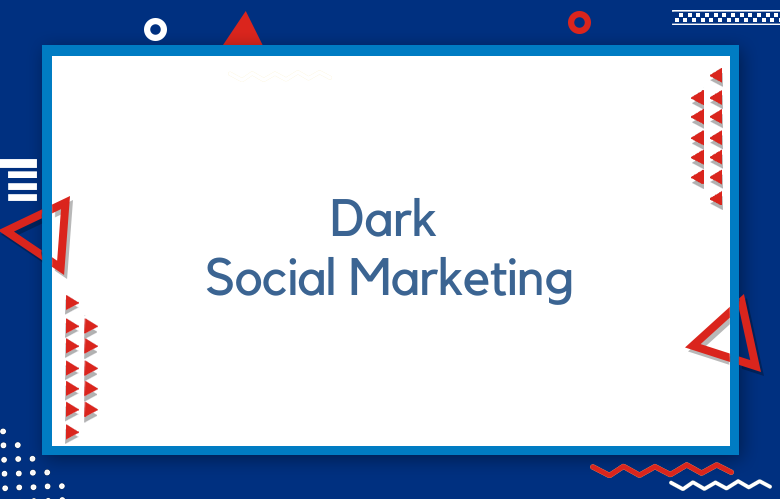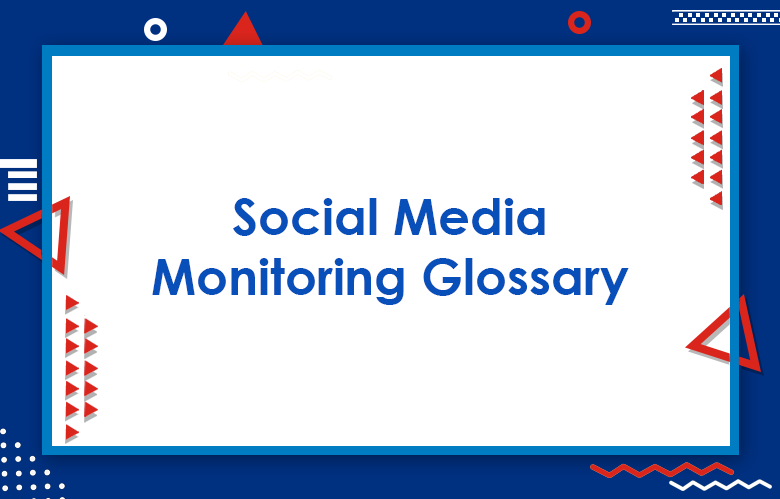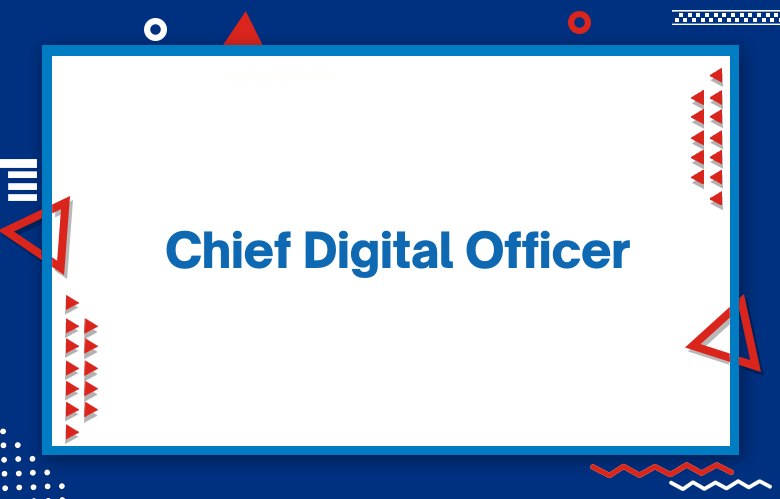Dark Social Marketing: The Hidden Force Reshaping Digital Communication and Consumer Behavior

Digital marketing has undergone significant shifts as consumers transition from public platforms to private channels. This shift, known as “dark social,” reflects a substantial change in how people share and consume content online. It presents new challenges for marketers trying to understand and influence behavior in an era of growing privacy awareness.
Key Points
Research indicates that dark social marketing involves using private sharing channels such as email and messaging apps, which are difficult to track.
Dark social may account for a significant share of web traffic, with some estimates suggesting as much as 95%. This makes it a priority for marketers.
Evidence supports the use of methods such as UTM parameters and employee advocacy to measure and improve dark social performance, although accurate tracking remains a challenge.
Dark social marketing refers to the use of private, untrackable digital communication channels for marketing purposes. Unlike traditional social media, it focuses on sharing content through messaging apps, email, and private social media groups (source: Forbes).
What Is Dark Social?
Dark social refers to content shared through private digital channels that standard analytics tools cannot track. These include messaging apps, email forwards, direct messages, private social groups, SMS, and copy-paste links. The term, introduced by journalist Alexis C. Madrigal in 2012, describes web traffic from sources that traditional tracking methods fail to capture.
Dark social accounts for an estimated 69% of global social sharing. By contrast, Facebook represents 23%, and all other public social platforms combined account for just 8%. This hidden traffic reshapes how marketers interpret engagement and distribution. Studies show that 84% of users share content online, and 32% do so exclusively through dark social channels.
Understanding Dark Social
Journalist Alexis C. Madrigal introduced the term “dark social” in 2012 (Forbes). Today, it plays a central role in digital strategy, with estimates suggesting it accounts for up to 95% of web traffic. This makes it a significant factor in how audiences discover and engage with content.
Dark Social Marketing
Dark social marketing refers to the sharing of content through private channels that are not easily tracked by standard analytics tools. These channels include:
- Messaging apps (WhatsApp, Facebook Messenger, Telegram)
- Email (copying and pasting links into messages)
- Private social media messages
- SMS or text messaging
Why Is It Called “Dark”?
“Dark” refers to the lack of visibility. Analytics tools like Google Analytics often cannot identify the source of traffic from these private channels, so the traffic appears as “direct” even though it originated from a shared link.
Why It Matters for Marketers
- Inaccurate Traffic Sources: Content shared in private messages may appear as direct traffic, which can skew reports.
- Underreported Campaign Effectiveness: Campaigns may appear less successful than they are because private sharing is not accurately reflected.
- Incomplete Customer Journey Data: Without accurate attribution, it’s harder to understand how users found your content.
The Global Landscape of Private Sharing
Dark social usage varies by region, shaped by cultural norms and privacy expectations. European markets show the highest adoption, with France leading at 81% of all social sharing occurring through private channels. The United Kingdom and Australia follow closely at 75%, while the European average stands at 77%.
North America reports lower, but still substantial, usage at 59%. These regional differences suggest that privacy preferences and communication habits influence how users share content.
The Measurement Challenge: Tracking the Untrackable
Marketers face a significant challenge in measuring dark social activity. Traditional analytics tools label traffic from private sharing as “direct,” creating blind spots in attribution and obscuring the true path of user engagement. This often leads to underestimating the impact of peer-to-peer sharing and overvaluing the performance of paid media.
To improve measurement, marketers use several methods:
- UTM parameters and shortened URLs help track content shared through private channels.
- Social listening tools monitor brand mentions across various platforms.
- Customer surveys offer direct insights into how and where users share content.
- Advanced Google Analytics segmentation helps separate genuine direct visits from dark social traffic.
These approaches provide a clearer view of private sharing, though complete visibility remains limited.
Strategic Approaches to Dark Social Marketing
Effective dark social marketing requires shifting from broad communication tactics to strategies centered on community and relationships. Content must be designed for private sharing, focusing on relevance, emotional connection, and value. Examples include exclusive offers, behind-the-scenes content, and narratives that encourage users to share with close contacts.
Community development plays a central role. Brands should create private groups and spaces where customers can interact directly with the brand and with one another. This approach prioritizes trust and authenticity over reach, recognizing that dark social depends on personal relationships.
Collaborating with influencers active in private networks offers another strategy. Micro-influencers can connect brands with highly engaged audiences through trusted, informal channels. These partnerships help extend reach while maintaining the credibility that defines dark social sharing.
Performance Outcomes and Case Studies
Several brands have achieved measurable gains by applying dark social marketing strategies.
Universal Music Group recorded a 300% increase in clickthrough rates after adopting dark social tracking methods. The company used RadiumOne’s sharing widgets and branded short links to identify engaged users and broaden their reach through ShareGraph technology.
Ghirardelli saw a 600% improvement in programmatic media performance after discovering that 84% of its website sharing occurred through dark social channels. The brand adjusted its marketing strategy to target these users more effectively, thereby improving its overall ROI.
Team Sky reported that 95% of its content was shared via dark social rather than public platforms. This insight enabled the team to refine its content strategy, increase engagement, and lower acquisition costs.
These examples demonstrate how data from private sharing channels can lead to more effective targeting, increased engagement, and enhanced efficiency across marketing efforts.
Implementation Framework and Best Practices
Implementing dark social marketing effectively requires both technical tools and tailored content strategies.
Technical setup includes installing share widgets that monitor copy-paste behavior, using branded short URLs to build trust and track activity, and enabling cross-device tracking. Integrating customer relationship management (CRM) systems helps identify behavior patterns across both private and public channels.
Content strategy should focus on relevance and shareability. This involves producing attention-grabbing content, offering early access or exclusive previews, and adding prompts that encourage personal recommendations throughout the customer journey. The emphasis should be on usefulness or emotional appeal, not just promotion.
Platform-specific tactics acknowledge the unique characteristics of each private channel. For example:
- WhatsApp Business supports one-to-many updates and customer community groups.
- Email marketing can include shareable formats and “forward to a friend” prompts.
- Private social groups on platforms like Facebook, Discord, and LinkedIn allow brands to build and engage targeted communities.
Understanding Dark Social Marketing
Dark social marketing refers to engaging audiences through private, untrackable channels such as emails, messaging apps, and direct messages. These channels, often labeled “dark social,” can generate a large share of web traffic, with research suggesting that up to 95% of it bypasses traditional analytics and appears as “direct” traffic.
This lack of visibility makes it difficult to measure performance. However, studies indicate that dark social drives valuable interactions, especially in high-conversion contexts.
To address this, marketers can:
- Add share buttons for email, SMS, and private messaging apps.
- Use UTM parameters to track links.
- Promote employee advocacy to extend private reach.
- Build private communities (e.g., brand-specific subreddits) to monitor and encourage engagement.
In B2B marketing, dark social plays a key role by influencing purchasing decisions through peer conversations in private networks.
Demographic and Psychological Insights
Demographics influence how users engage with dark social. Research shows that Baby Boomers (born 1946–1964) and Gen Xers (born 1965–1981) primarily share content via email, with Gen X leading in usage. Millennials (1982–1995) and Gen Z prefer tracked social platforms but still share content through private messaging apps. For example, 54% of Gen Z spend over four hours per day on social media, compared to 28% of all U.S. adults (Gen Z Social Media Usage).
From a psychological perspective, people share content to express identity, strengthen relationships, and gain social value. These motivations suggest that content designed for private sharing should highlight personal relevance, utility, or social appeal.
B2B Marketing Perspective
Dark social plays a crucial role in B2B marketing, as buyers often use private channels to research and evaluate products or services. These channels include Slack communities, LinkedIn direct messages, email, and informal conversations via text or phone.
Employee advocacy is especially valuable in this context. When employees share content within their networks, they create indirect influence that builds brand awareness, attracts inbound interest, and shortens sales cycles. According to external sources, consistent sharing on platforms like LinkedIn—at least 15 hours per week—can significantly enhance visibility (citation needed).
Some organizations may resist dark social initiatives due to their focus on conventional metrics, such as marketing-qualified leads (MQLs). To demonstrate the value of dark social, marketers can propose a temporary pause in dark social activity to highlight performance gaps. Industry professionals, such as Dave Gerhardt, have also advised seeking leadership alignment or moving to a more supportive environment when necessary (People, Platforms & Imperfection).
How to Address Dark Social
| Strategy | Purpose |
|---|---|
| Use UTM Parameters | Tags help identify traffic sources even when links are shared privately. |
| Shortened Links (e.g., Bit.ly) | Clicks are trackable regardless of where the link is shared. |
| Social Sharing Buttons | Encourage tracked sharing instead of copy-pasting. |
| Content Designed for Private Sharing | Use formats like infographics, PDFs, or concise text that people are more likely to share directly. |
| Specialized Analytics Tools | Platforms like GetSocial help monitor dark social activity. |
Practical Examples
- A blog post gains traction in WhatsApp groups.
- Product pages are shared within Slack workspaces.
- A referral link is emailed between colleagues.
What’s Ahead for Dark Social
Private sharing will continue to grow as messaging apps become more central to communication. To adapt, marketers should:
- Rethink attribution models
- Focus on shareable, relevant content
- Build direct user relationships outside public platforms
Strategies to Leverage Dark Social
Marketers can apply the following strategies to make private sharing measurable and meaningful:
Encourage Private Sharing: Add share buttons for platforms like WhatsApp, SMS, and email to facilitate private sharing. For instance, include a “Share via WhatsApp” option directly on content pages.
Track with UTM Parameters: Utilize UTM codes to attribute traffic from dark social channels.
Create Shareable Content: Produce content that encourages sharing in private contexts, such as how-to guides, personal stories, exclusive offers, or infographics. Research shows that content offering social currency (e.g., being helpful or timely) is more likely to be shared.
Build Private Communities: Develop brand-owned communities (e.g., private subreddits or Discord servers) where engagement can be observed and measured. These spaces support long-term interaction and value-based participation.
Employee Advocacy: Ask employees to share brand content through their networks, which often include dark social channels. For example, Qualtrics has achieved more than 1.8 million in social reach through employee sharing.
Utilize monitoring tools, such as Hootsuite, in combination with Talkwalker to track mentions and shares across platforms, including indirect signals from private sharing when available.
Privacy and Legal Considerations
Clear communication about data use is critical in privacy-focused marketing. According to the United Nations, 80% of countries have enacted privacy laws (Data Protection and Privacy Legislation Worldwide). Marketing tools must comply with regulations such as the General Data Protection Regulation (GDPR) and similar frameworks.
Browser features, such as Mozilla Firefox’s “Copy Without Site Tracking,” highlight the growing demand for user privacy. These developments require marketers to maintain trust while pursuing effective tracking methods.
Future Implications and Emerging Trends
Dark social is expected to grow as more consumers prioritize privacy. Current data indicates that 95% of social sharing now occurs in private channels, signaling a shift away from public platforms toward more direct, personal communication. This trend is powerful, with users having control over their authenticity and discretion regarding visibility.
Major platforms are adapting. Instagram reports that direct messages now generate the most engagement. Both WhatsApp and Instagram have launched broadcast channels for private, one-to-many communication. TikTok and Snapchat have also introduced new messaging features, expanding the functionality of dark social.
New technologies may help improve tracking. AI-driven attribution models could offer more accurate insights into user behavior, and platform-level integration may enhance visibility across private channels. However, these developments must respect privacy regulations and user expectations.
Strategic Recommendations and Conclusion
Dark social marketing presents both a challenge and an opportunity for marketers operating in a privacy-driven environment. Success depends on moving away from traditional broadcast models and focusing on strategies built around relationships, trust, and small-group engagement. Brands should invest in tracking tools that respect privacy standards, produce content tailored for private sharing, and foster communities that promote organic engagement.
Dark social is not a passing trend. With 69% of social sharing now happening in private channel,s and that share continuing to grow, marketers who ignore this shift risk losing visibility into most consumer interactions. Those who adapt stand to gain measurable improvements in performance and deeper, more authentic customer relationships.
As privacy regulations tighten and consumer expectations evolve, dark social will become more central to digital marketing. Brands that build the capabilities to track, engage, and serve audiences in these private spaces will be better prepared to compete in a market where trust and relevance outweigh reach and publicity.



